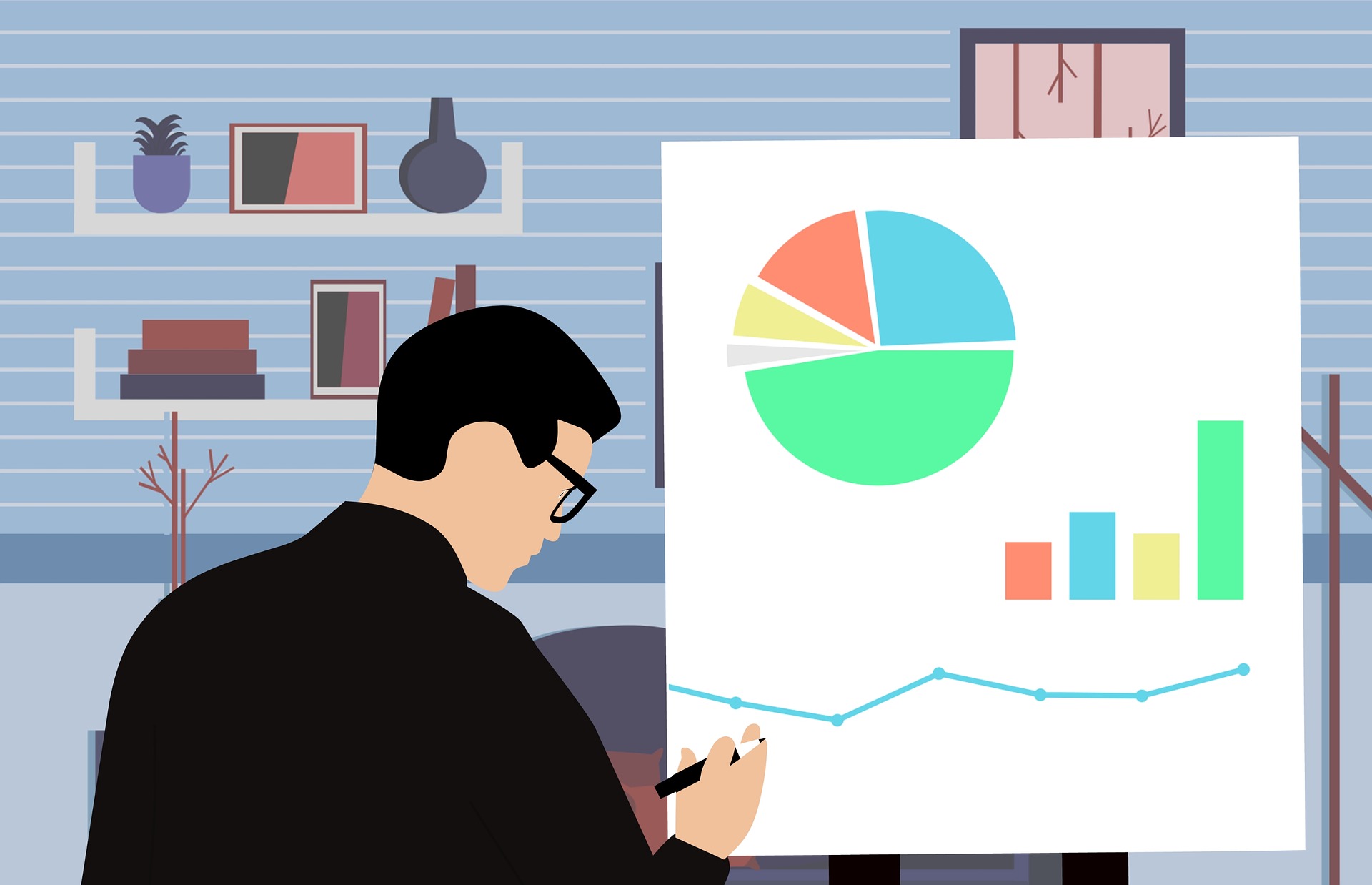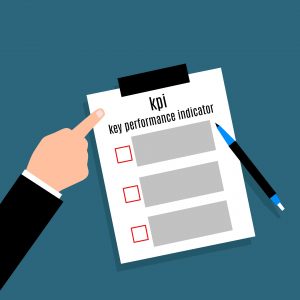For data analyst freelance services contact me [email protected]
For your use, in this post I have compiled a number of tips for a beginner data analyst that will help him at the beginning of his journey.
Independence
A data analyst who presents data needs to know the story behind them. Therefore, when a data analyst receives an analysis from another analyst, he must understand well what these data numbers mean and be critical of them, since for the business stakeholders to whom the data is presented, the analyst is the one who is trusted on the data he presents on a dashboard or presentation.
Sanity checks and critical thinking
The analyst should always be critical of the data received from their analysis. The best way to do this is through “sanity checks”. In sanity checks, the data analyst needs to examine whether the data makes sense from a business perspective. For example, when the data analyst detects a sharp increase in the number of actions customers take on one of the company’s products, they should first ask themselves whether the increase was caused by a glitch in the data registration or a new campaign that has been launched, or whether people have actually started using the product more for some reason (such as the coronavirus pandemic).
There is a term called GIGO – Garbage in garbage out. In other words, if the source of the data is not reliable, no matter what analyses are performed, the results will always be incorrect.
Humility
Even if the data analyst performed all the necessary checks, mistakes can still happen. Mistakes can occur due to unreliable data sources, human errors such as calculation mistakes in Excel or SQL, or analyzing data with an inappropriate methodology. Therefore, the analyst should be humble and consider the possibility of making mistakes. When business factors do not agree with the analysis and the sanity check does not add up, it is advisable to revisit the analysis and double-check the results before relying on the data. Sometimes performing additional analysis from a different angle or with different segmentation can shed more light on the results.
The purpose of analysis
To business stakeholders, the focus is on business considerations rather than analytical thinking, and therefore the data analyst may receive requests for strange analyses that may contradict analytical logic.
This situation can be very frustrating and is caused by the fact that business stakeholders do not always know how to translate their business problem into questions that the data can answer.
To bridge this gap and help the business stakeholder answer their question, the data analyst needs to ask the business stakeholder what the real problem is or what they are trying to answer with the data. In other words, the data analyst needs to understand the true purpose of the analysis in order to provide relevant analyses that the business stakeholder can derive value from.
Improving the business stakeholders’ abilities to work with data
After a data analyst gains experience in their department or organization, they have the opportunity to “educate” the stakeholders around them on how to properly work with data.
Initially, the analyst can explain basic statistical terms such as: what is standard deviation, when to work with median instead of mean, what is percentile, what is a box plot, and so on. Furthermore, the analyst can explain to the business stakeholders what is in the database and what analyses can be derived from that data. The stakeholders’ understanding of analysis will greatly facilitate fruitful collaboration.
Clarity
Unfortunately, managers usually don’t have the time and patience to understand analyses in depth. Therefore, conclusions and analyses should be simple and clear, phrasing should be concise and to the point, and graphs should be simple and easy to understand without unnecessary technical details.
This article was written by Yuval Marnin.
If you have a need to hire a freelancer data analyst you may contact me at: [email protected]
You may also hire me through upwork platform on that link:
https://www.upwork.com/freelancers/~018940225ce48244f0\
Further reading
The advantage of hiring a freelance data analyst.
What does a data analyst is doing and how it can help your company.





